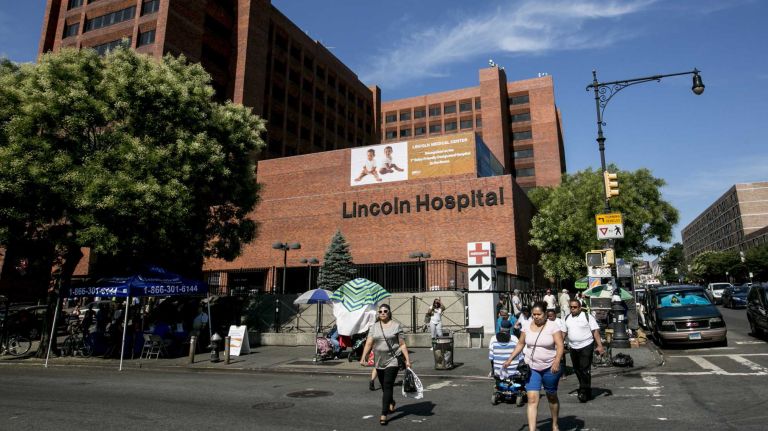
The outbreak of Legionnaires’ disease in the Bronx that has sickened more than 100 people and killed 10 has been traced to contaminated rooftop water-cooling towers at large buildings.
The source of the legionella bacteria that causes the disease, which can lead to deadly pneumonia, should come as no surprise: Similar outbreaks have been traced back to cooling towers, including the first documented case in Philadelphia in 1976. The aquatic bacteria thrive in wet conditions and are commonly found in warm water systems.
About 200 to 300 cases of the disease are reported in the city each year, many of them traceable to water systems like cooling towers, humidifiers, spas or whirlpools. However, infections rarely emerge in large clusters.
“Literally there are probably dozens or hundreds of small outbreaks every year all around the world,” said Stephen Morse, professor of epidemiology at the Mailman School of Public Health at Columbia University. “Many people are not even aware of being infected.”
In spite of the risks by cooling towers that can be prime havens for the bacteria, the systems gone largely unregulated in New York.
That may change soon, with policymakers now scrutinizing cooling towers.
Here’s what else you need to know about cooling towers.
What are cooling towers?
Cooling towers shouldn’t be confused with the scenic water towers perched on the tops of buildings around the city that store water used for drinking and bathing.
A cooling tower is a separate system for central air conditioning, typically equipped with massive fans that decrease the temperature of hot air and water before sending them into the central air unit.
During the current outbreak, the city has inspected 17 buildings with water-cooling towers in the Bronx, and decontaminated 10 tainted with Legionella.
Five of the buildings with cooling towers that tested positive for the bacteria include the Concourse Plaza, Lincoln Hospital, The Opera House Hotel, Streamline Plastics Company and the Verizon phone Company on East 167th Street.
How is Legionnaires’ disease contracted from cooling towers?
Basically, you breathe it in. Public health experts say the bacteria can be transmitted through mist from aerosolized contaminated water. “As part of their normal operation, cooling towers produce a bacteria-laden aerosol mist that can be drawn into the air intakes of buildings or can shower unsuspecting passers-by,” write the authors of Aerobiology, a book on the study of airborne diseases.
The best defense against the bacteria is routine maintenance and inspection of cooling systems.
Who are the most at risk in buildings with cooling towers?
The disease’s deadly effects are most dangerous and noticeable in the elderly or those with preexisting medical conditions. The presence of so many buildings with central air conditioning, as well as the aging population may be attributable to the rise of cases in the past ten years, Morse said.
How are cooling towers regulated in the city?
Basically, they aren’t. The city doesn’t even know how many cooling towers exist. Following the current outbreak, the city has said it is “actively” adding to a list of at least 2,500 known towers in the city.
The city, though, is not an exception. There is no statewide registry for cooling towers at buildings either. And there are few examples nationally of regulations surrounding cooling towers.
Mayor Bill de Blasio is proposing new legislation to ensure proper cleaning, maintenance and registration of cooling towers. And Gov. Andrew Cuomo has said he would seek statewide regulations for cooling towers, including a registry and a standard on when they should be cleaned and how.
Morse sees one positive public health outcome from the outbreak, which he said he believes is winding down. He said the data collected from the case will be vital to understanding the disease and shaping policy.
“We’re going to learn lots of interesting things,” said Morse. “It would be very, very important to learn how to interpret this.”
































